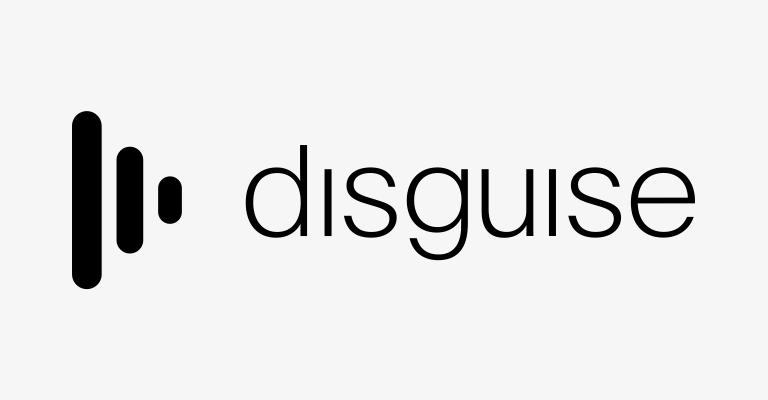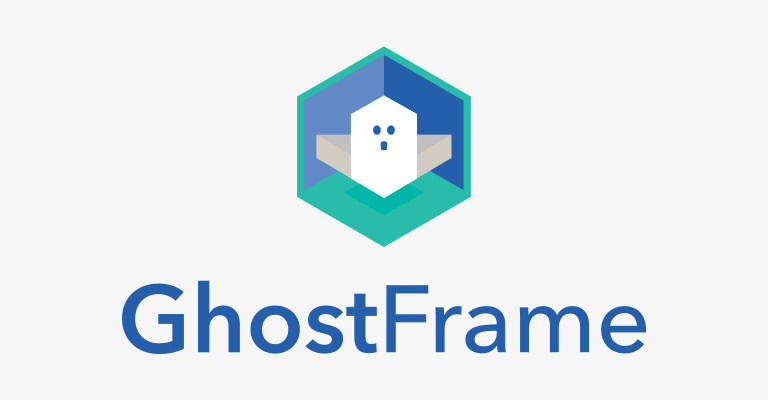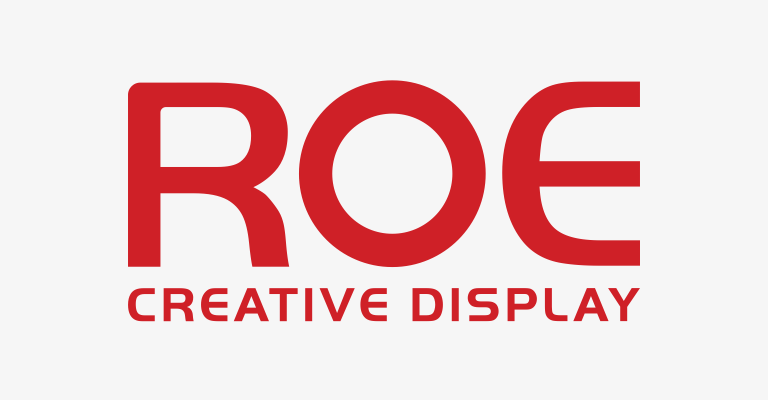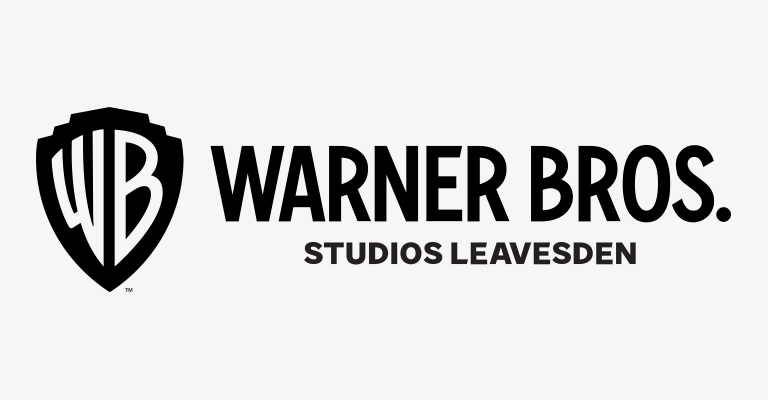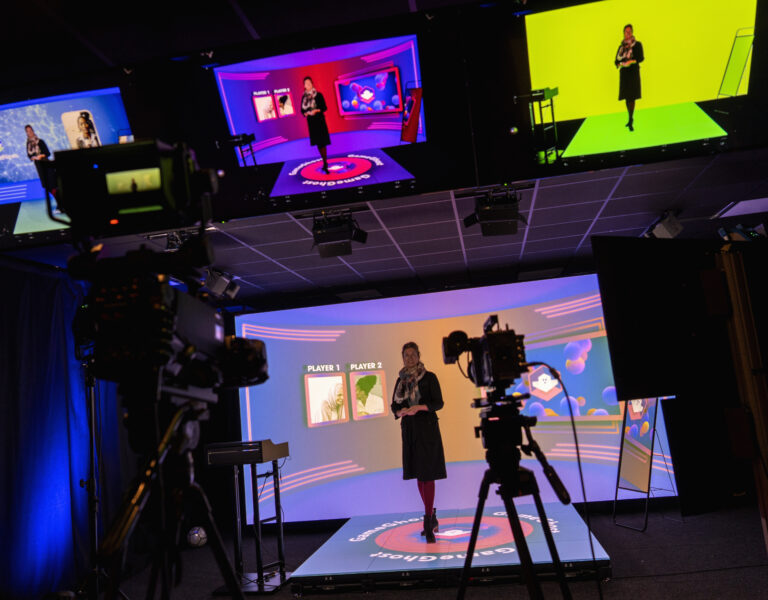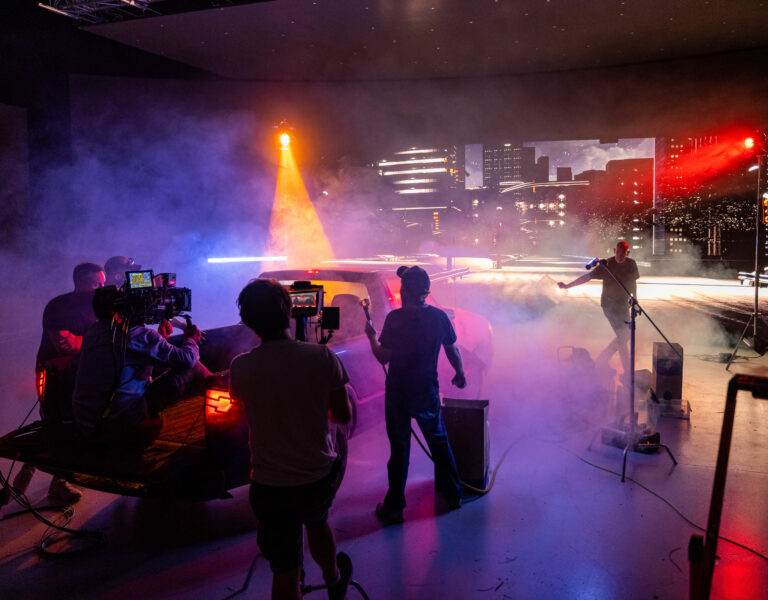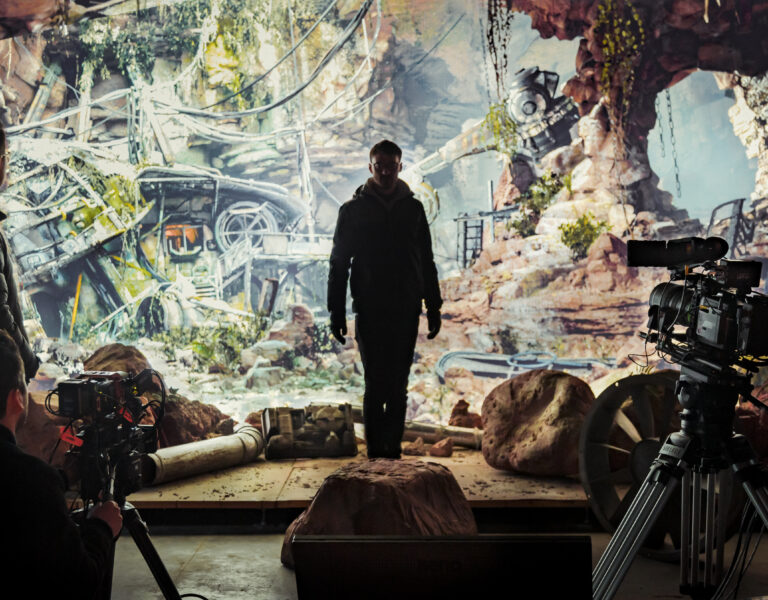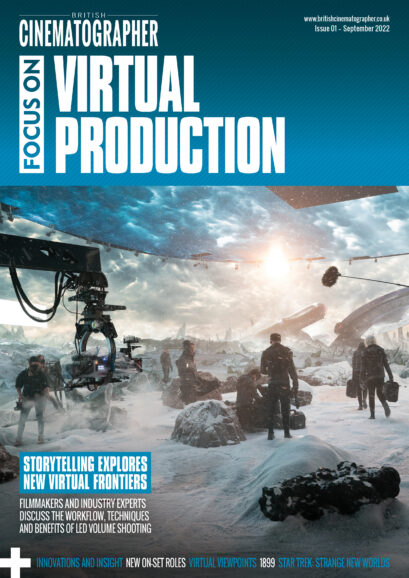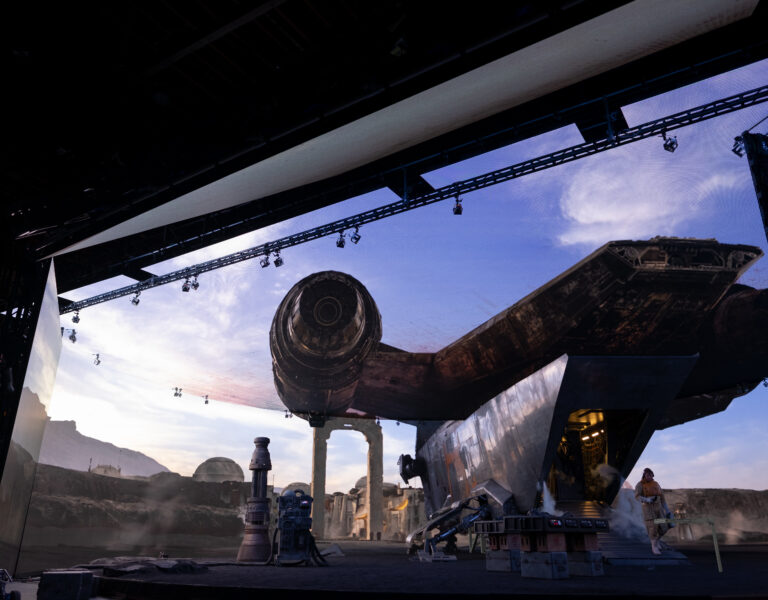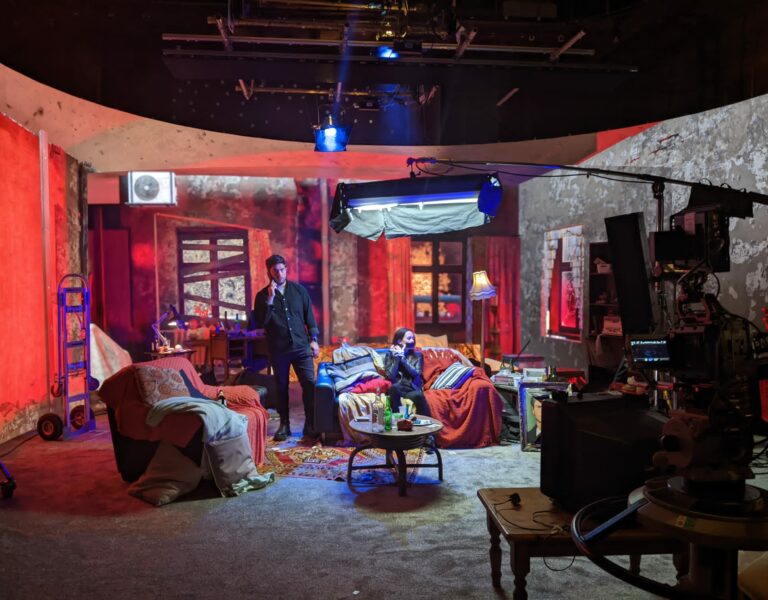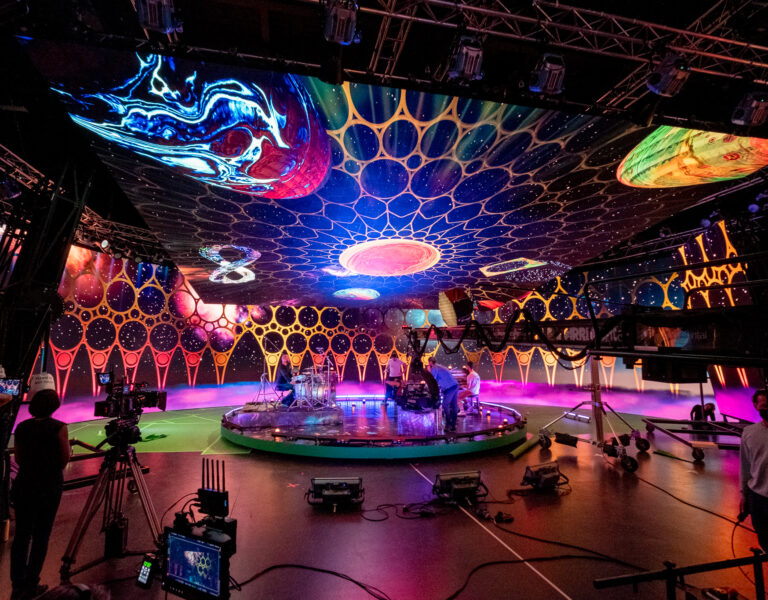Light control, colour matching, and close inter-departmental collaboration are the keys to lighting for virtual production.
Be ready to integrate with a lot more departments than you were expecting,” advises Jeff Webster. He is probably the world’s most experienced gaffer when it comes to virtual production, having served on The Mandalorian, The Book of Boba Fett and now Ahsoka, the latest addition to the Star Wars franchise.
Webster’s job begins on the recce, conducted in VR. By this point, the virtual sets have already been built and lit. “We can superimpose the actual volume walls and ceiling into the virtual environment, so I can see where we can put in actual studio lighting through the top of the wall or the ceiling.”
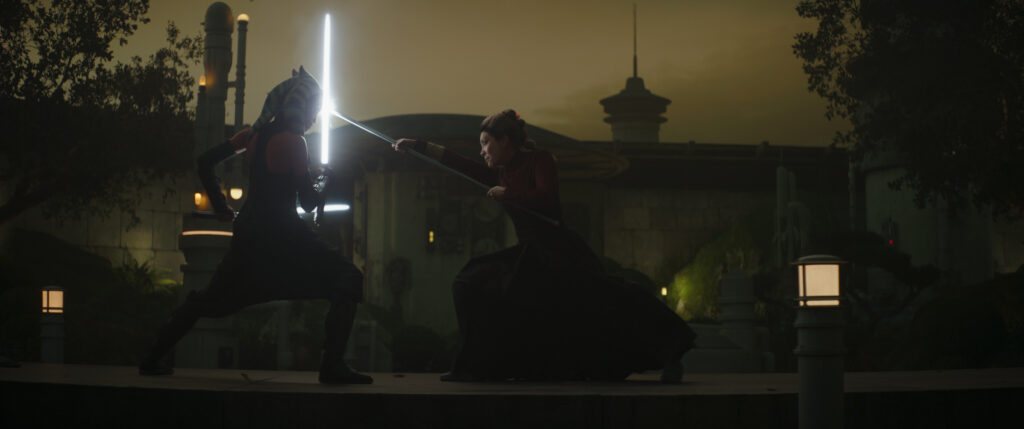
As a virtual production supervisor at Lux Machina, Julia Lou collaborates closely with DPs and gaffers. “We’ve been working with [gaffers] to set up systems where they can control things from the lighting console,” she says. “We can send signals from the engine into the console so that they’re interacting with physical lights, or cueing things in the content, or driving light cards around.”
Light cards are patches of white (or any other desired colour) displayed on the LED wall, acting as soft sources. “I like to have control
of the light cards as much as possible,” says Webster, “especially if it’s for lighting actors.” This is achieved via his iPad and a “robust” system developed over the various Star Wars series, allowing the gaffer full control of colour by dialing in a temperature, RGB values or XY co-ordinates, as well as stop-accurate intensity adjustment.
Lou explains that light cards can be animated in a variety of ways, changing shape, size, intensity or colour over time. “We can put animated textures on light cards as well,” she continues, “if you’re trying to get something like a fire effect.” Or a moving gobo can be created, which she notes works particularly well to exaggerate the dynamic reflections in driving scenes.
Gaffer David Sinfield has worked on four or five shows featuring LED wall work for moving vehicles, most notably No Time to Die. “Obviously we need to play with the intensities and the colour on the walls,” says Sinfield. “You might, for example, be running your ceiling two or three stops brighter than the actual walls you’re looking at.” He emphasises the importance of collaboration with the VP crew. “They know how all the technology works, especially when you need to pull a little bit of red out of it, or anything that you need to do.”
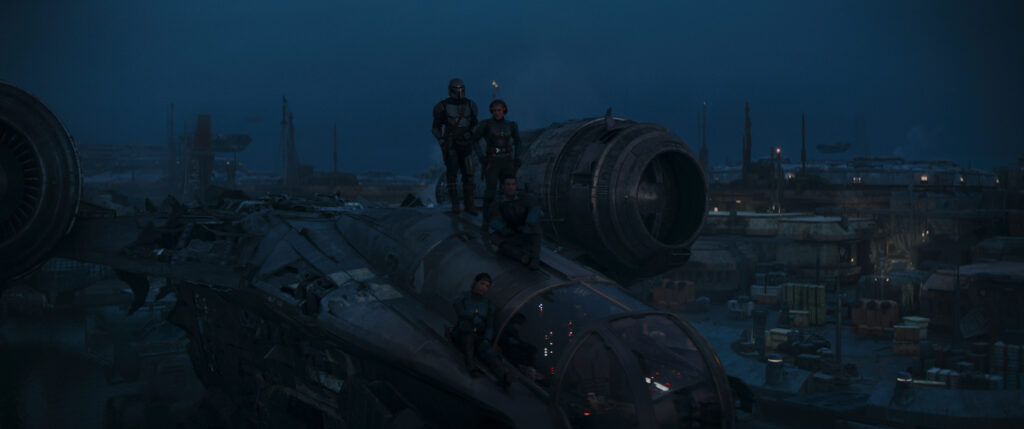
Whether or not the virtual lighting within the background can be changed depends on how it has been set up. “We can do baked or dynamic lighting within the engine,” Lou explains. “If it’s dynamic, we can change it on the day instantly.” Any changes to baked lighting must be re-rendered – not advisable on a shooting day.
Webster supplements LED walls with a variety of fixtures, including “SkyPanels, Vortexes, big HMIs going into mirrors, things like that. Any light that supports XY colour control is one that I like to use, just because then I can match better, whether we’re matching our lights to the volume or the other way around.” He also employs moving fixtures like the GLP impression X5 washlight and the ETC SolaHyBeam, the latter’s shutters helping to target precise areas without flashing the screens. “Control all your lights,” he advises. “Light spill is your enemy.”
Considering the future of the technology, Webster offers: “I wish we had a full-colour video wall… even if it just had a white diode in there, if it was RGBW like a SkyPanel. That would be a great improvement; we could get better skin tones.”
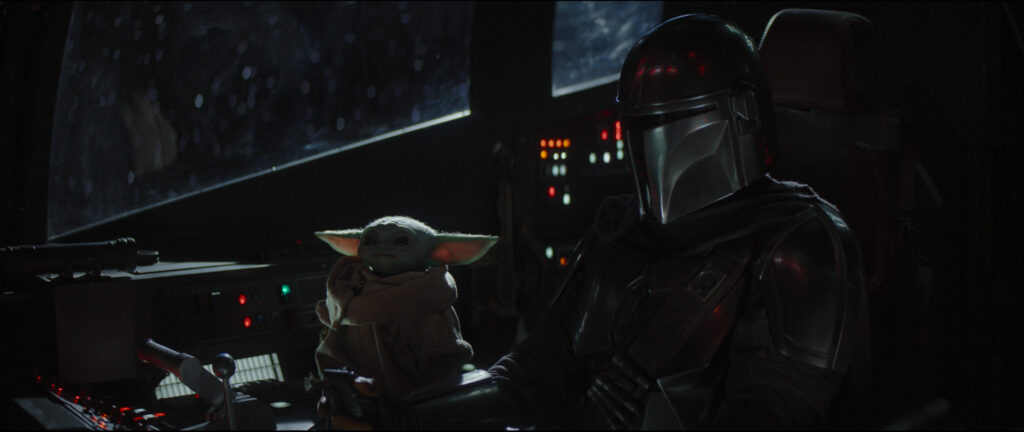
–
Words by Neil Oseman




